
Why Teen Writers are Spider-Man Stephanie Kehr
I started working as a professional writer when I was seventeen. So completely captured by the craft, I made the…
October 22, 2017
I started working as a professional writer when I was seventeen. So completely captured by the craft, I made the…
October 22, 2017
Last month we shared Part 1 about the categories assigned to children’s books. We’ll now share more details about…
October 21, 2017
Please tell us about your most Recent Book: “The Christmas Pumpkin” and “The Worst Day Ever!,” are illustrated children’s…
October 15, 2017
Have you ever picked up a book and after a few pages, put it down saying, “This isn’t…
October 14, 2017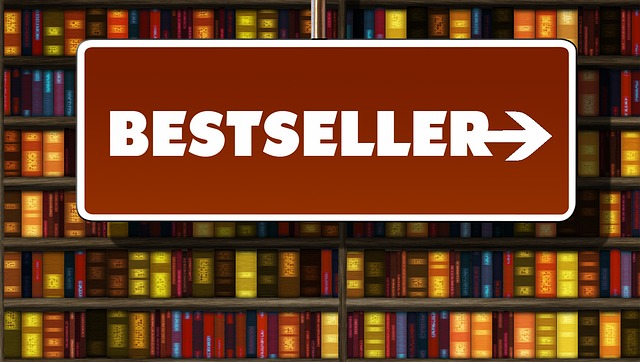
Welcome Tosca, can you share a little about your recent book – Firstborn is the sequel to The Progeny—a…
October 1, 2017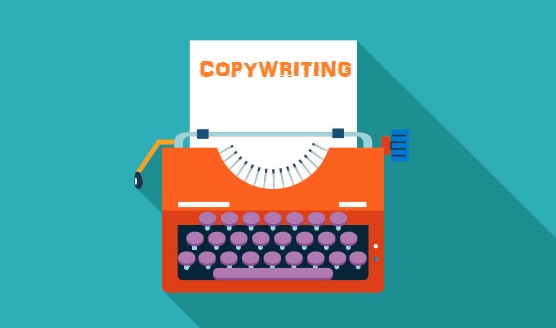
Once Upon a Time: Trade Secrets of Copywriting from Ancient Near Eastern Storytellers The internet is abuzz with storytelling.…
September 29, 2017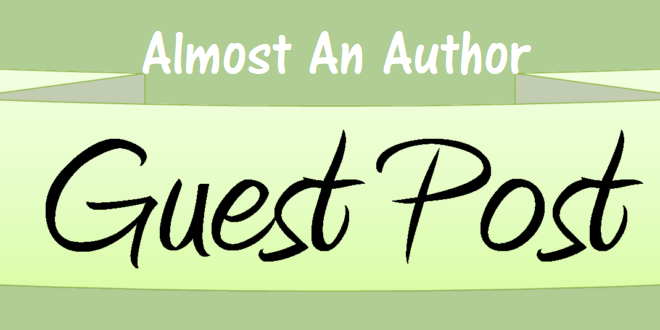
For the past five years, I’ve been blogging for teenage fiction writers. As the editor-in-chief of an online magazine…
September 27, 2017
As an English major in college, I was eager to put my skills to work… I wanted to create…
September 26, 2017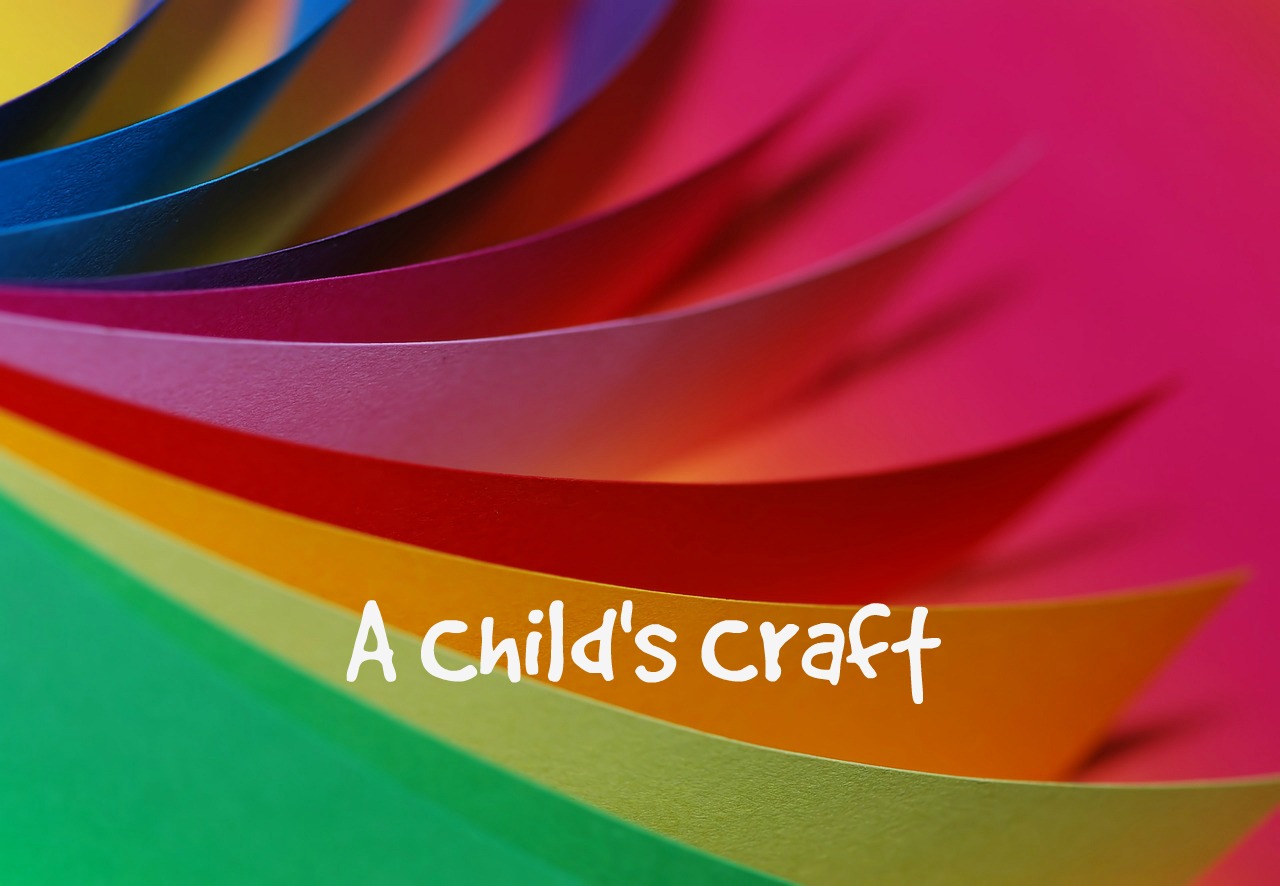
Book Genres specify the types of literature that share certain common aspects. Genres include mystery, romance, historical fiction,…
September 21, 2017
In the weeks before a conference, my excitement and happy thoughts twist into nervous doubts. What if I get…
September 19, 2017
Got challenges? Don’t we all. Life is filled with obstacles on the pathway to realizing our goals and purposes.…
September 18, 2017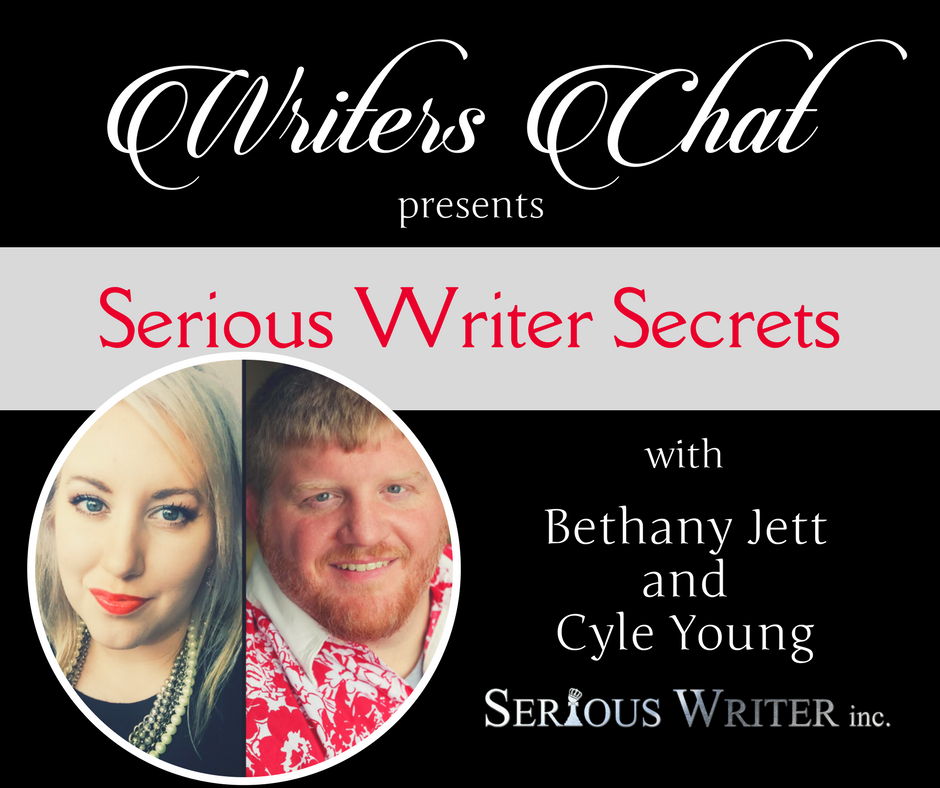
In this conversation, literary agent and award-winning author Cyle Young shares the difference between a writer and an author,…
September 13, 2017
When you boil it down to the basics, writers and editors are both seeking the same thing: excellent writing. …
September 13, 2017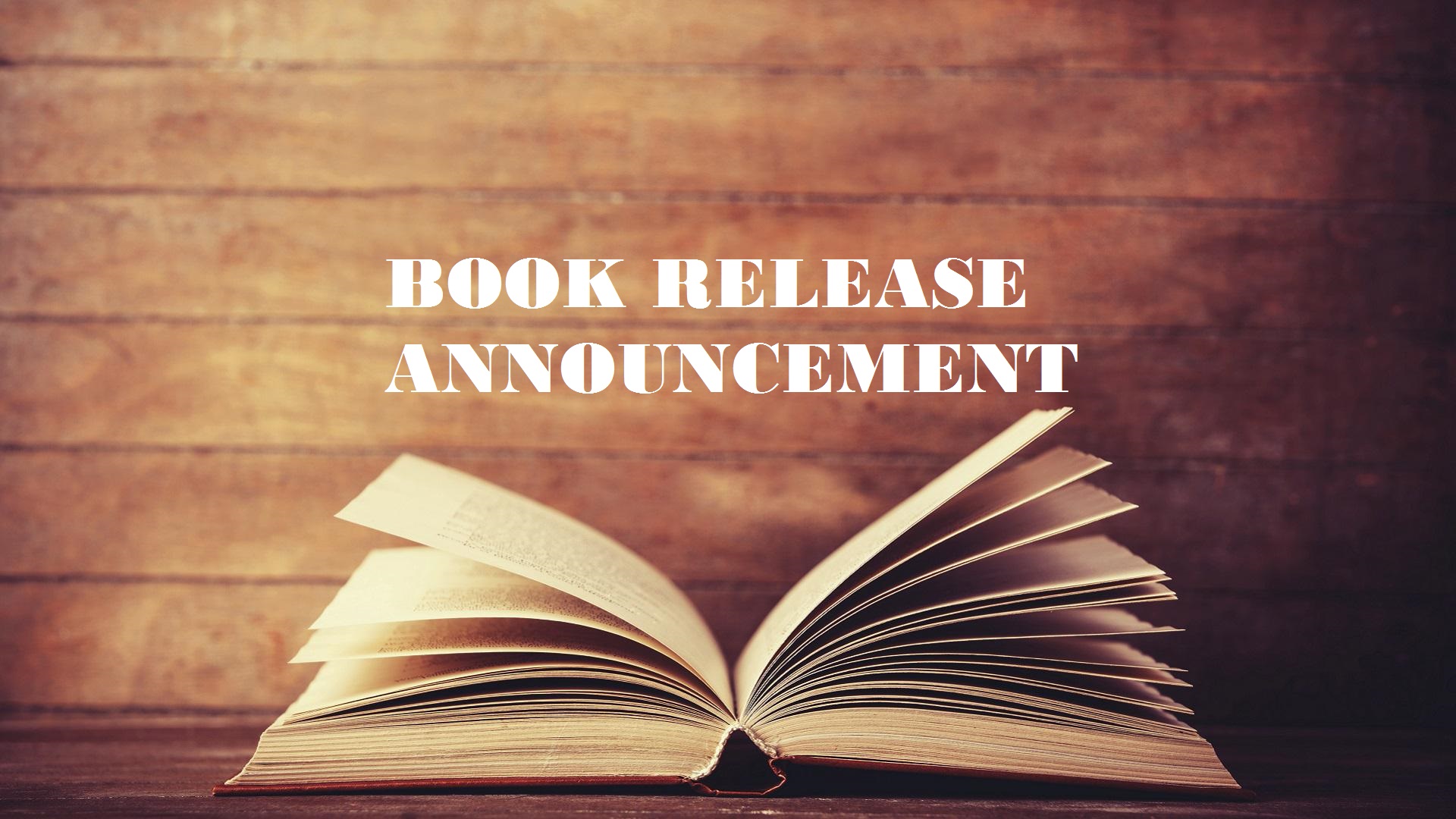
Lindsey P. Brackett’s debut novel, Still Waters, releases September 8, 2017. Published with Firefly Southern Fiction, an imprint of…
September 8, 2017
Do portals that move your character to another time and place work within modern storytelling? This is the question…
September 7, 2017
You’ve decided to take your writing from a hobby to a professional level. That’s great, but where do you…
September 3, 2017
Welcome, Ace. Can you share a little about your recent book – The Cat’s Eye came out in August…
September 1, 2017
If your lifelong dream is to write Bible studies, craft devotional guides, or create fiction for today’s Christian woman,…
August 29, 2017
Being a teenager is hard. Especially a teenager striving to be a published author. It’s stressful finding time to…
August 28, 2017
A Kill fee? Is that legal? What is a nut graf anyway? Is sounds like a surgical term or…
August 26, 2017
My daughter-in-law is a first-time mom to my newest grandchild. Dylan is four months old and, of course, absolutely…
August 21, 2017My dream as a kid was to become an elementary teacher and write books for kids. In high school,…
August 16, 2017
Welcome, Erica, please tell us about your most Recent Book The Lost Generation is my debut novel. I wrote…
August 15, 2017Fans who love Jesus and fantastic fiction will have a new and free guide when Lorehaven releases its first…
August 14, 2017
Recently a Morgan James author and I were talking about writing for magazines. She admitted that she had tried…
August 13, 2017